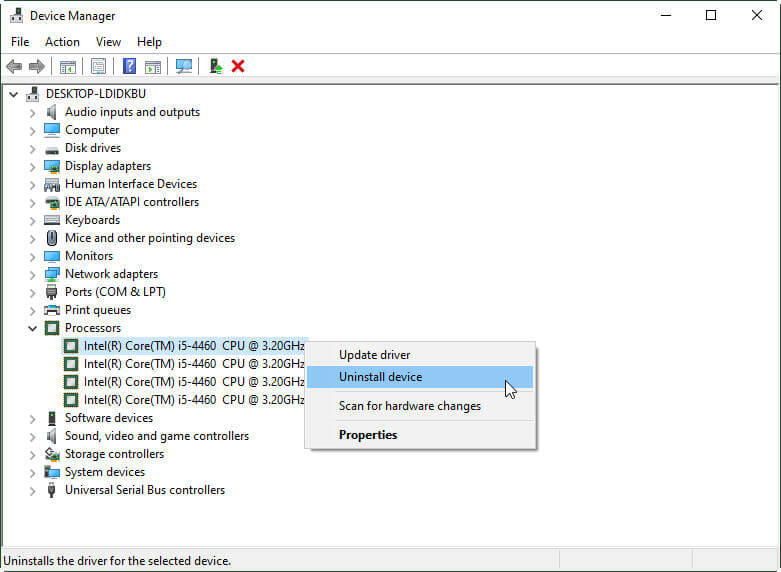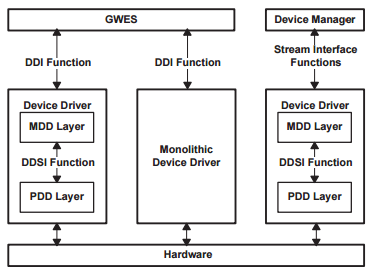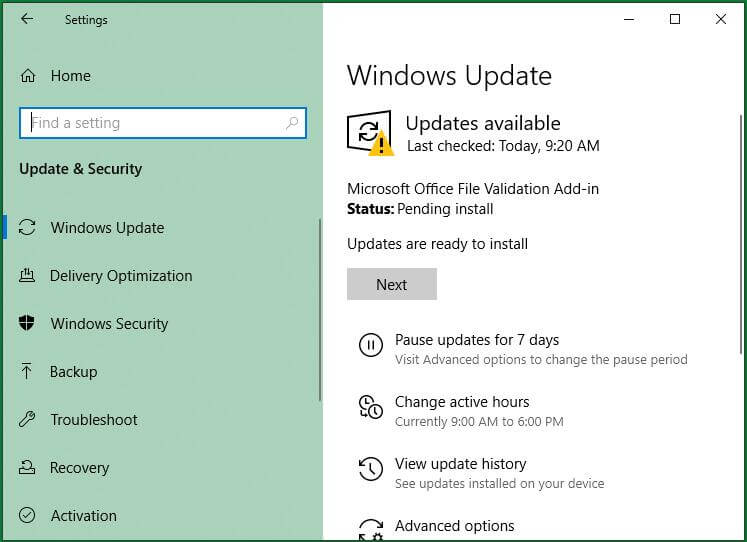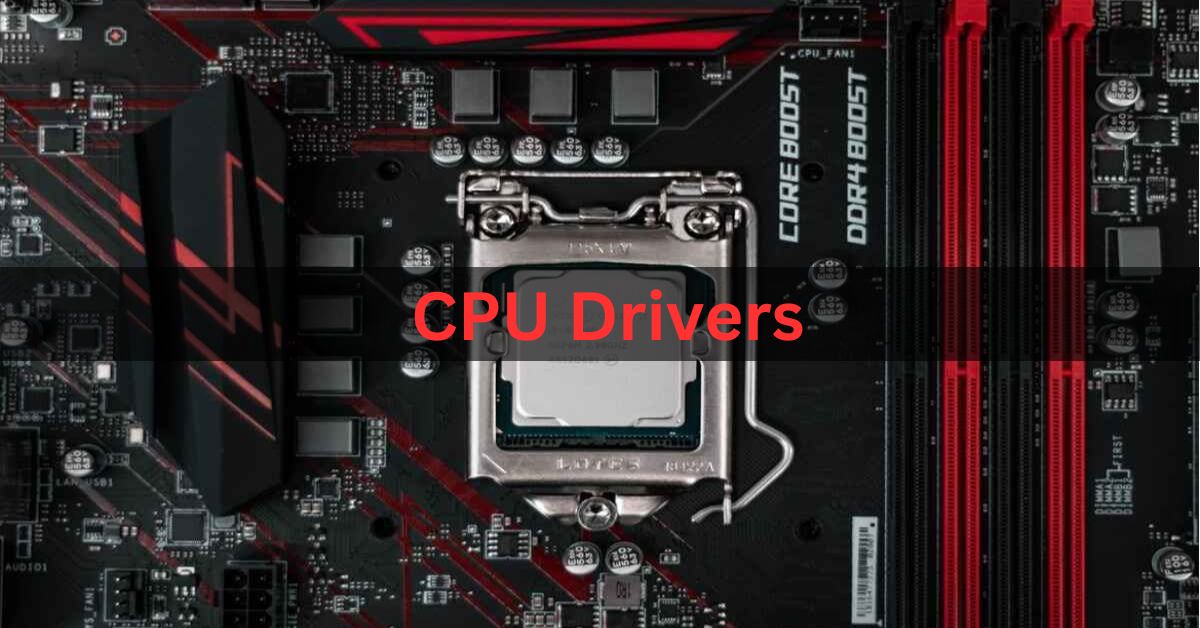CPU drivers are vital software that allow your operating system to communicate with the CPU, ensuring it functions properly with other hardware. They optimize performance, stability, and compatibility, making them essential for smooth device operation. Keeping CPU drivers updated is crucial to maintain efficiency and prevent system issues.
“CPU drivers are essential software that allow the operating system to communicate with and control the CPU. They ensure that the CPU functions properly by facilitating the correct execution of tasks and processes.”
In this article, We will discuss “CPU Drivers”.
Table of Contents
What are CPU Drivers?

CPU drivers are specialized software programs that allow your operating system (OS) to communicate directly with the CPU. These drivers act as intermediaries between your operating system and hardware components, translating the OS commands into machine language that the CPU understands. They enable the CPU to perform tasks, run applications, and execute commands properly.
Without the proper drivers, the CPU may not function as intended, leading to performance issues, bugs, or even system instability. CPU drivers ensure that the CPU can interpret instructions from both the software and the hardware, working seamlessly with other components like the memory, storage, and GPU (Graphics Processing Unit).
Why Are CPU Drivers So Important?
Ensuring Compatibility:
The CPU is one of the most important components in any computing device, but it doesn’t work alone. The CPU needs to be compatible with the operating system and other hardware in the device. CPU drivers facilitate this compatibility, ensuring that your device’s OS can effectively interact with the CPU.
Optimizing Performance:
Drivers help to optimize the overall performance of the CPU. With the right drivers installed, the CPU can operate at its full potential, maximizing speed and processing power. This is particularly important in modern computing, where applications require more power to perform complex tasks such as gaming, video editing, and multitasking.
Also Read: Can You Damage Your Phone CPU By Playing Roblox – Prevent Overheating And Damage!
Fixing Bugs and Enhancing Stability:
Manufacturers regularly release updates for CPU drivers to fix known bugs, improve stability, and introduce new features. Keeping your CPU drivers up to date ensures that you benefit from the latest improvements and avoid any potential glitches or crashes caused by outdated software.
Preventing Overheating and Power Issues:
CPU drivers are also responsible for managing the processor’s thermal conditions. Overheating is one of the most common issues when it comes to CPUs under heavy load, like during gaming or video rendering. Proper drivers help manage the CPU’s power consumption and prevent it from overclocking or overheating, thus prolonging the lifespan of your device.
Different Types of CPU Drivers:

Just as there are different types of CPUs (Intel, AMD, ARM), there are different drivers tailored to specific processors. These drivers help ensure that each type of CPU works efficiently with the operating system.
Intel CPU Drivers:
Intel is one of the largest and most well-known CPU manufacturers. Intel CPUs are found in a wide range of devices, from desktops to laptops and even some mobile devices. Intel provides specific drivers for each generation of processors. These drivers are optimized to handle everything from power management to improving overall performance.
AMD CPU Drivers:
AMD is another major CPU manufacturer, known for offering powerful, cost-effective processors. AMD’s CPU drivers work similarly to Intel’s, providing performance optimization, stability improvements, and power management for their processors. AMD’s Ryzen processors, for example, come with specific drivers that help improve gaming performance and multitasking capabilities.
Also Read: How Many Transistors In A CPU – Understanding Transistors Count In Modern Processors!
ARM CPU Drivers:
ARM processors are commonly found in mobile devices, such as smartphones and tablets, as well as embedded systems. ARM CPUs are highly energy-efficient, which makes them ideal for mobile use. The drivers for ARM-based CPUs are often tailored for operating systems like Android and iOS, helping to manage the low-power state of these processors and ensuring that mobile apps and games perform well on such devices.
Other Processor-Specific Drivers:
Some devices, particularly specialized systems or embedded devices, may use different CPU architectures like MIPS or PowerPC. These processors require specialized drivers that allow the OS to communicate with them properly.
How to Install or Update CPU Drivers:

For most modern operating systems, CPU drivers are automatically installed when the OS is installed. However, there are times when you may need to manually install or update drivers, particularly when upgrading your hardware or operating system.
Windows:
- Automatic Installation: When you install or upgrade Windows, the operating system will usually install the necessary CPU drivers automatically. However, to ensure that you are using the latest version, you can check for driver updates through the Device Manager or use Windows Update to find and install updates.
- Manual Installation: You can also go directly to the CPU manufacturer’s website (Intel or AMD) to download the latest drivers. Simply visit the support page, enter your processor’s model number, and download the relevant driver.
To update your drivers manually:
- Open Device Manager and locate the Processor section.
- Right-click on your CPU driver and select Update Driver.
- Select Search automatically for updated driver software to let Windows find the best match.
Mac OS:
- macOS handles CPU drivers automatically, including updates. Apple ensures that your Mac’s processor drivers are always up to date with system updates. To check for updates, go to System Preferences > Software Update and download the latest updates.
Also Read: How Do I Reduce CPU Usage – A Step By Step Guide!
Mobile Devices (Android/iOS):
- For mobile devices, CPU drivers are typically handled by the device manufacturer and are included in regular system updates. Make sure your phone’s OS is up to date to ensure that the latest CPU drivers are installed automatically.
Driver Management Tools:
- You can also use third-party software tools to scan your system for outdated drivers and update them automatically. These tools simplify the process, especially for users who may not be tech-savvy.
Common CPU Driver Issues and How to Fix Them:

Even with the latest CPU drivers, you may occasionally face issues such as slow performance, crashes, or system instability. Below are some common CPU driver-related issues and tips for resolving them:
Slow Performance or Lag:
- If your CPU is running slowly, it could be due to outdated or corrupted drivers. Updating your drivers can often resolve performance-related issues.
System Crashes:
- Frequent crashes or blue screen errors often point to issues with the CPU driver. Reinstalling or updating the driver to the latest version from the manufacturer’s website should fix these issues.
Also Read: Env Node Bad Cpu Type In Executable – Step By Step!
Overheating:
- If your CPU is overheating, the problem may lie with the drivers that manage power and thermal conditions. Ensure that your CPU drivers are up to date, and monitor your system’s temperature to avoid excessive heat.
Compatibility Issues:
- If your CPU isn’t recognized correctly, or certain features aren’t working, make sure that you’re using the right drivers for your system’s CPU and OS. Double-checking compatibility before updating or installing drivers can prevent these problems.
FAQ’s
1. What are CPU drivers?
CPU drivers are software that enable the operating system to communicate with the CPU, ensuring it functions properly and optimally.
2. Why do I need CPU drivers?
CPU drivers ensure compatibility between the operating system and hardware, optimizing performance, stability, and efficiency.
3. How can I update CPU drivers?
You can update CPU drivers through Windows Update, the manufacturer’s website, or by using third-party driver management tools.
4. Can outdated CPU drivers affect performance?
Yes, outdated drivers can cause system instability, slow performance, and compatibility
issues, potentially affecting overall device functionality.
5. Are CPU drivers automatically installed?
Most modern operating systems install CPU drivers automatically, but manual installation or updates may be needed for specific CPUs or systems.
Conclusion
In conclusion, CPU drivers are essential for ensuring smooth communication between the operating system and the CPU, optimizing overall device performance. Regular updates and proper management of CPU drivers help maintain system stability and prevent compatibility issues. Keeping your drivers up to date is crucial for maximizing efficiency and avoiding potential system failures.

